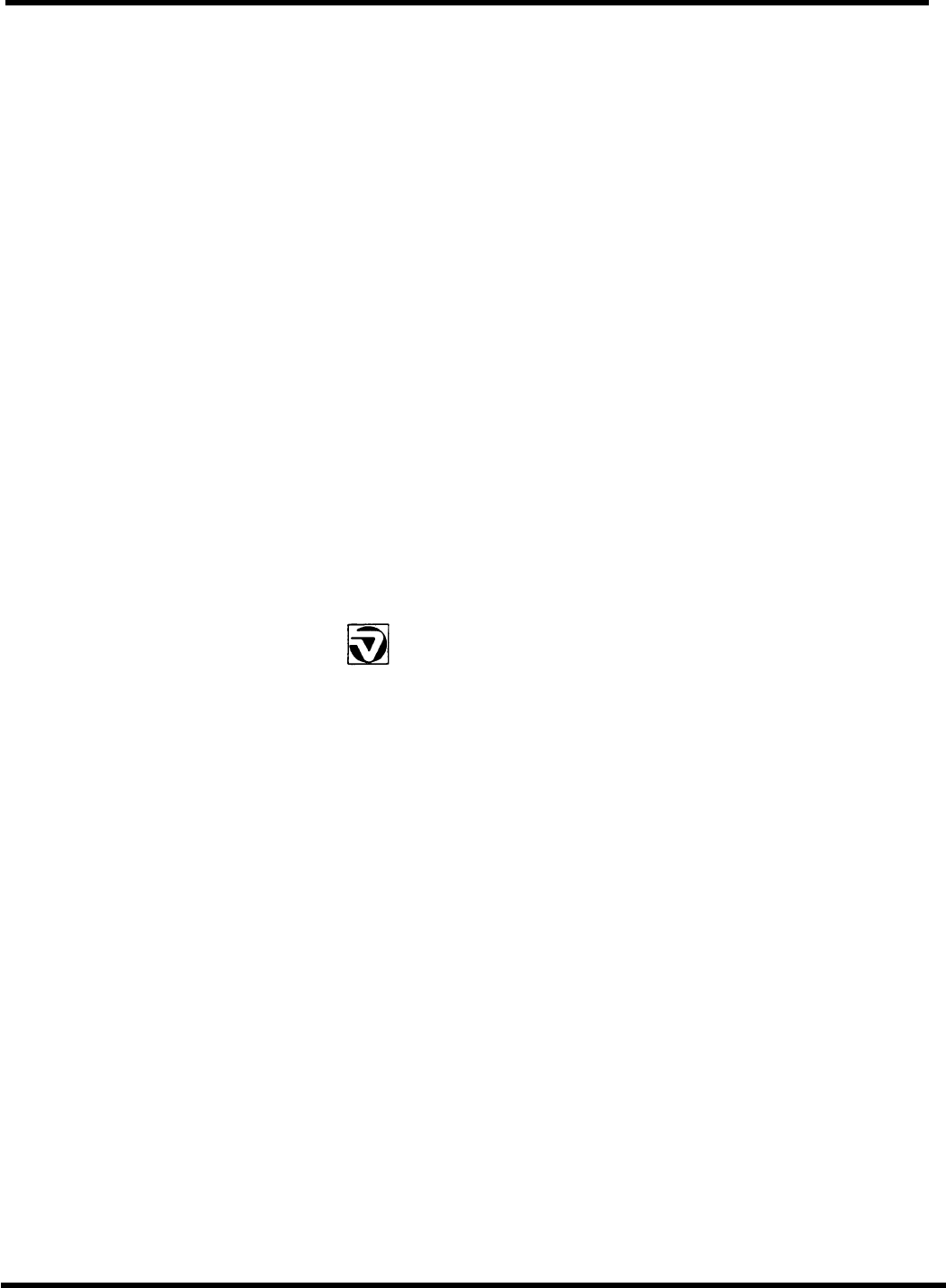
7
Care of your cooker
In the interests of both safety and hygiene your Belling Cooker needs to be kept
clean. A build-up of grease or fat from cooking could cause a fire hazard.
WARNING! For your own safety, always switch off your cooker at the mains
supply before cleaning.
Never use excessive amounts of water to clean your cooker, and remember that your
cooker is heavy - take care when pulling it out for access.
Cooker exterior The outside surfaces of your cooker should be cleaned with a mild detergent or mild
cream cleanser and a little water. Wipe off the detergent with a damp cloth and dry the
cooker with a soft lint-free cloth.
Do not use scouring pads or abrasive detergents, particularly on the control panel, as
damage may result.
Hob Elements Always ensure that the elements are cold before cleaning. To prevent any spillage
becoming baked on, clean the hob as soon as the hob has cooled, using a mild
detergent or mild cream cleanser and a little water. You may use a scouring pad on
the element surface only
Oven and grill The oven shelf, oven roof, oven floor, and enamel parts of the oven can be cleaned
using household cream cleanser with a nylon pad or sponge. Heavier soiling may
require the use of a proprietary oven cleaner or steel wool pad, but do not allow these
to contact the door seals or plastic parts of the cooker.
Only use oven cleaners which carry the Vitreous Enamel Development Council’s
Approvals symbol, and always follow the manufacturer’s instructions for use.
To remove the oven roof or oven floor, simply slide it forward out of the oven.
Remember never to operate either the oven or grill without the roof and floor in
position. When replacing the floor and the roof make sure that they are correctly
located in their guides.
Suitable pans To get the best results when cooking on the hob, it is important to use the correct size
and type of pans. Using unsuitable pans can cause overheating of the hob, slow and
inefficient cooking, and poor cooking results.
The pans should be approximately the same diameter as the hotplate. Using- too small
a pan may result in boiling over and it wastes heat, but never use pans with a base
larger than 250mm (10”) in diameter. Too large a pan can cause overheating and may
damage the hob enamel. Never use a pan that covers two rings, such as a large fish
kettle.
The base of the pan needs to make good contact with the hotplate, to allow
maximum heat transfer. For this reason, use pans with a flat base - not bowed or
ridged, or with a rim (like some kettles). A new pan may not necessarily be flat. You
can check by holding a straight edge such as a ruler against the bottom of the pan.
The ruler should touch all the way across, with only a small gap allowed. Scrolled base
pans (ground like a spiral) should be suitable.
For best results use the larger ring for frying and deep frying. Always use a good
quality pan and never fill a chip pan more than one third full of oil. Never leave any
frying unattended, even for a short time, If you use a wok, make sure it is flat-
bottomed. Never use a stand or rack of any kind under any pan on the hob. To avoid
damage to the hotplates, make sure that the base of any pan is smooth, and always lift
pans off the hob rather than dragging them. You must never cook any item of food
directly on the hotplates as it is dangerous and damage to the cooker can result.










